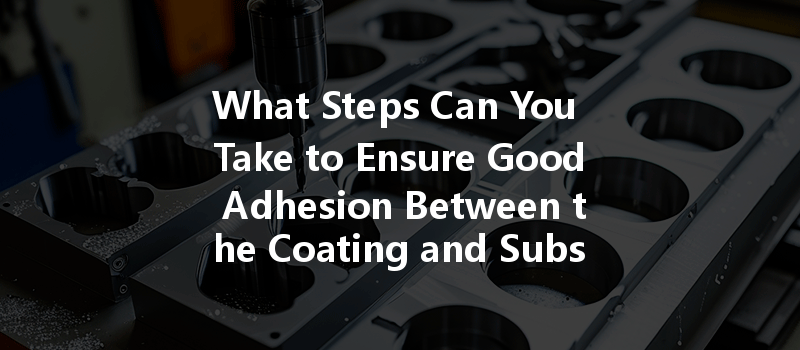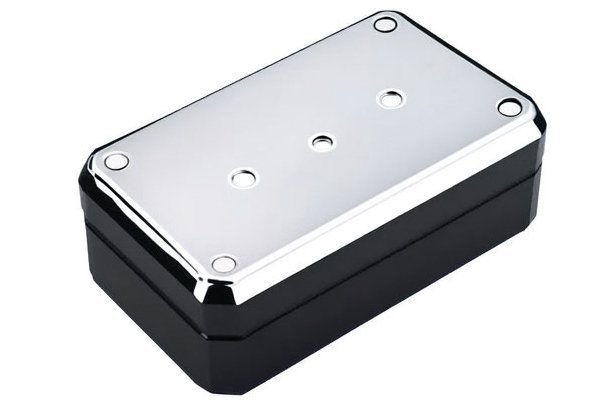Imagine a world where the unyielding strength of metal components is paired flawlessly with an aesthetic finish that not only protects but also enhances functionality. This scenario is made possible by achieving robust adhesion between coatings and substrates, particularly in CNC machined parts. The importance of this seamless bond cannot be overstated, as inadequate adhesion can lead to delamination, flaking, premature wear, and, ultimately, costly failures.
In fact, a study found that poor coating adhesion is responsible for up to 30% of the maintenance failures in various applications, including automotive, aerospace, and manufacturing. This startling statistic emphasizes the necessity for manufacturers to understand the intricacies involved in ensuring good adhesion.
In this extensive blog, we will explore the factors affecting coating adhesion, the techniques to enhance it, and the steps you can take to achieve optimal results.
Understanding Coating Adhesion
What Is Coating Adhesion?
Coating adhesion refers to the force that holds a coating to the substrate material (the CNC machined part). High adhesion means that the coating bonds effectively to the material, while low adhesion increases the likelihood of the coating chipping, peeling, or flaking off after application.
The adhesion depends on several factors, including:
Why Is Coating Adhesion Important?
Understanding and ensuring strong coating adhesion is vital for several reasons:
Key Factors Influencing Adhesion
Understanding the factors that affect adhesion is imperative. Here, we delve into some of the key considerations:
The first and most important step in achieving good adhesion is surface preparation. This involves cleaning the substrate to remove any contaminants. Techniques include:
Best Practices for Surface Preparation:
Research indicates that the beneficial effect of a rough surface can increase surface area for coatings to bond effectively. The ideal level of roughness usually depends on the type of coating:
Measuring Roughness: You can use tools like profilometers to assess the surface roughness quantitatively.
Not every coating will bond well with every substrate. Conduct adhesion tests to determine compatibility.
Common Coating Materials:

Testing different combinations can save time and resources down the line.
The method used for applying a coating can also impact the adhesion. Common techniques include:
Choose a technique that aligns with both the material properties and the desired finish.
Techniques to Enhance Adhesion
To bolster adhesion between coatings and substrates, businesses can employ various strategies:
Implement treatments such as:
Proper curing of the coating is essential. It maximizes adhesion and performance.
Types of Curing:
Primers can serve as a middle layer that enhances adhesion. They are designed to bond well with both the substrate and the coating.
Choosing Primers:
Testing Adhesion Strength
Before full-scale production, it is essential to test the adhesion strength of the coatings applied. Common methods for adhesion testing include:
Achieving good adhesion between the coating and substrate in CNC machined parts is a multifaceted challenge that involves understanding surface properties, preparation techniques, and testing methods. By focusing on meticulous surface preparation, ensuring chemical compatibility, and applying advanced coating techniques, manufacturers can significantly enhance the durability and functionality of their parts.
This topic should remain a point of consideration in any manufacturing process, as coating adhesion affects not only the longevity and performance of components but also cost efficiency and aesthetic appeal across various industries, from aerospace to automotive and consumer goods.
Whether you are an engineer, a production manager, or a business owner, paying attention to adhesion strategies can lead to better product outcomes and satisfaction for your customers, making it a critical focal point in production excellence.






